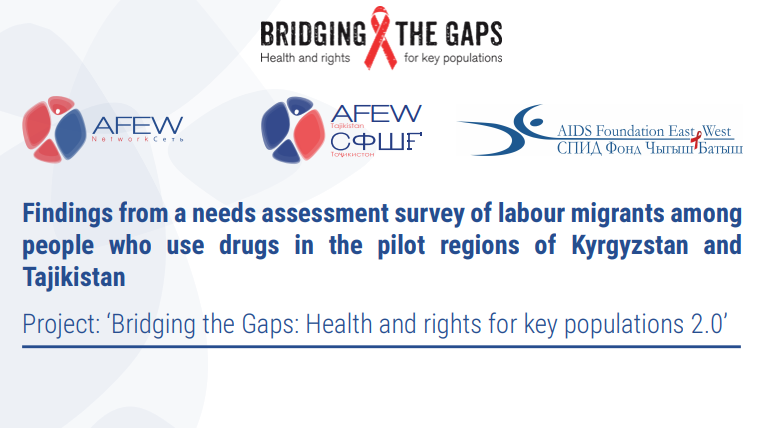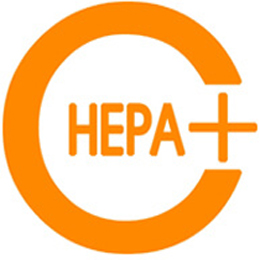
Needs and gaps in treatment and rehabilitation for people who use drugs in selected countries of EECA
Report on the needs and gaps in treatment and rehabilitation for people who use drugs in selected countries of EECA

Report on the needs and gaps in treatment and rehabilitation for people who use drugs in selected countries of EECA

Findings from a needs assessment survey of labour migrants among people who use drugs in the pilot regions of Kyrgyzstan and Tajikistan. Prepared within the framework of the project ‘Bridging the Gaps: Health and rights for key populations 2.0’.

In 2016, the estimated number of injection drug users in Georgia was 52,500 (50,000 – 56,000). National prevalence – 2,24% (2,13% – 2,39%), among people in age 18-64, and 1,41% (1,34% – 1,51%) in general population.

For several years in the Kyrgyz Republic, there has been a trend towards increased sexual transmission of HIV. The most vulnerable groups, along with injecting drug users (IDU), are women. HIV infection affects a whole range of problems – psychological, social and spiritual. Women, living in the conditions of “traditional culture”, are in a more difficult situation; gender inequality, which exists in the initial ethno-cultural environment, strengthens their social and economic problems. Women in particular, whose HIV status creates obstacles for the realization of basic needs, are particularly vulnerable in this regard, and therefore it has a negative impact on their quality of life. At present, services for HIV positive people (HPP) in the Kyrgyz Republic are universal, not taking into account the gender, which often limits access to legal, social, psychological and medical support for women living with HIV (WLH).